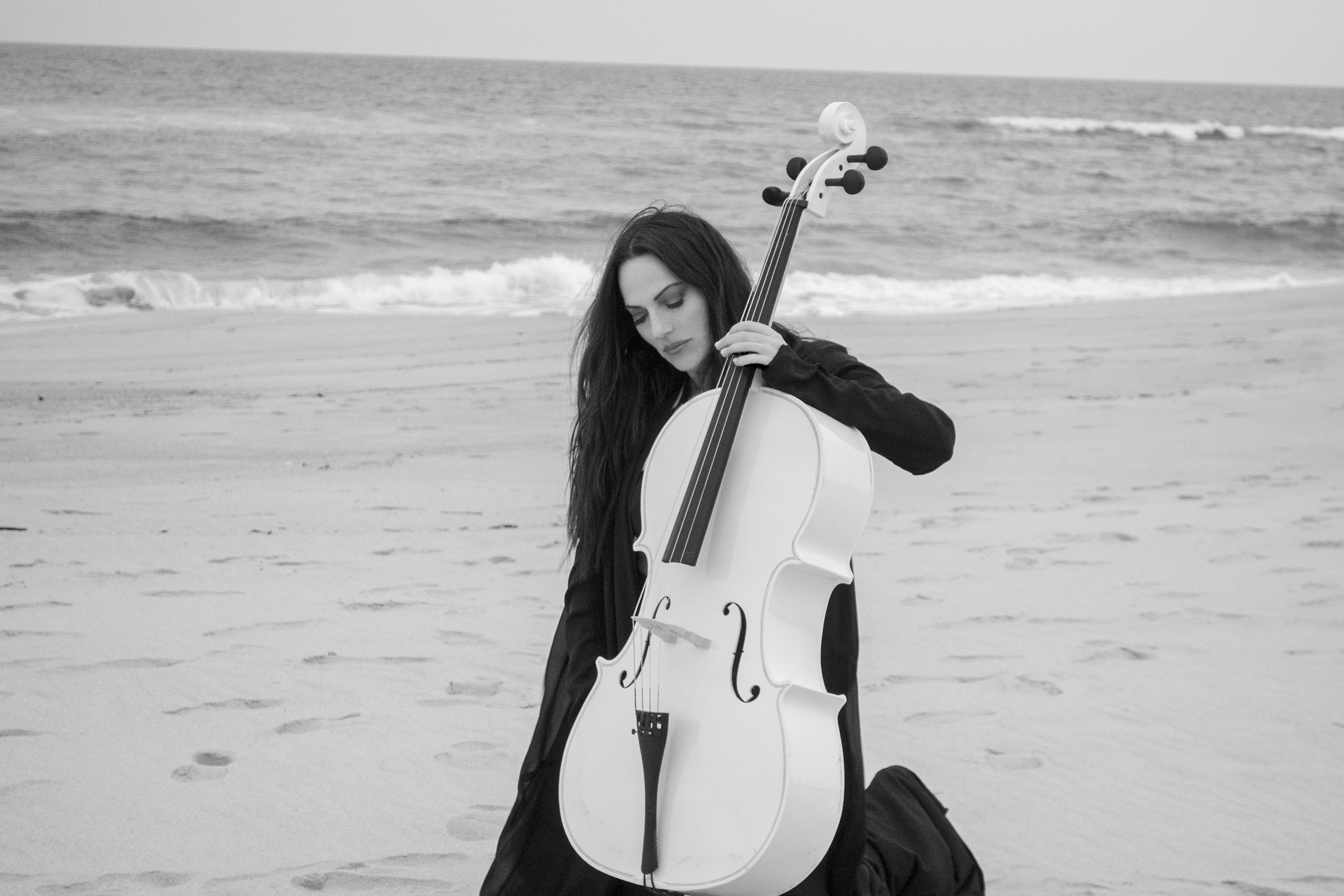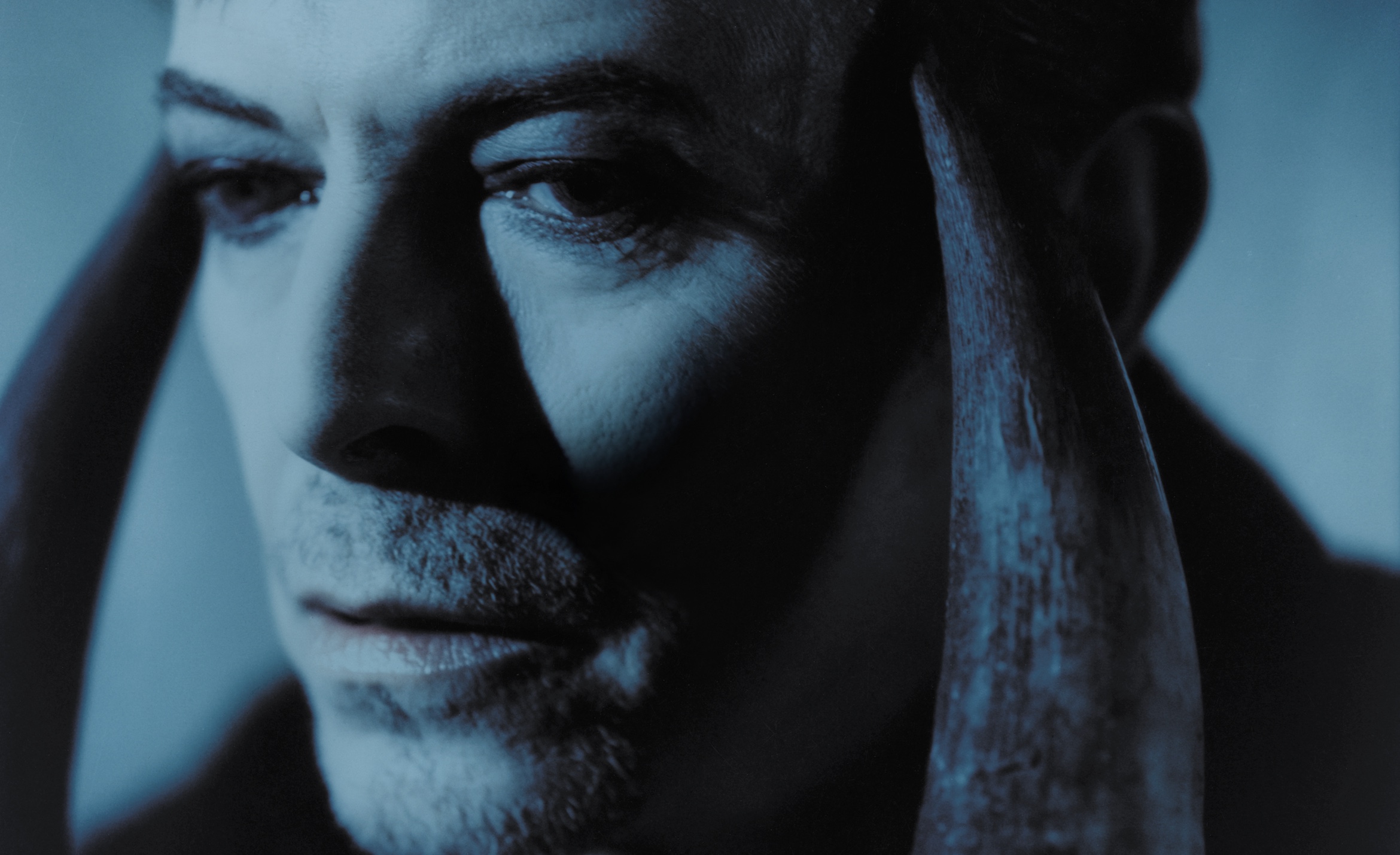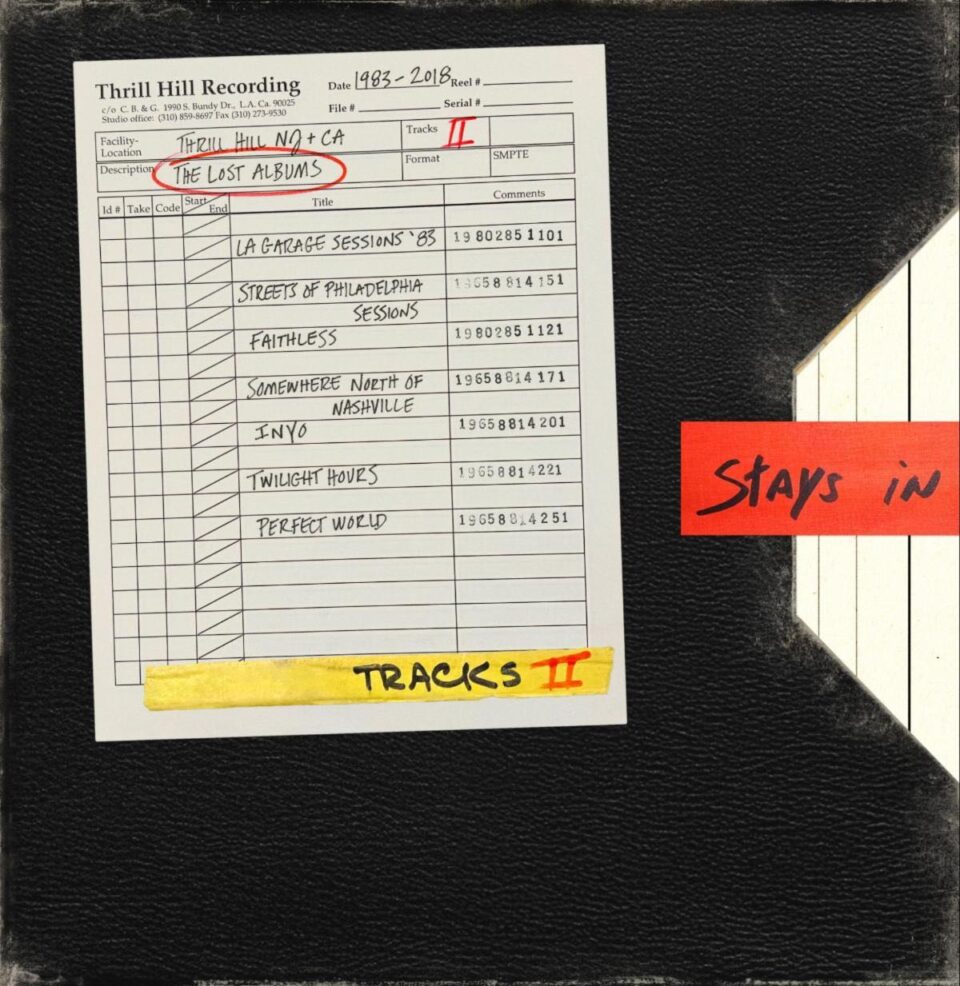Over four years after his death, David Bowie’s epic, wide-ranging, genre-jumping catalog finds new facets and once-lost rarities added to his canon of classics, from Space Oddity to Blackstar.
Whenever this year’s Record Store Day occurs (June 20 at last COVID-19 count), it will come with professionally taped Bowie live shows from 1974 (I’m Only Dancing: The Soul Tour ’74) recorded during the transition between the stagey sci-fi of Diamond Dogs and the plastic R&B of Young Americans. Also due are two recordings from the 1990s: ChangesNowBowie, which aired on the BBC in 1997 for the late singer’s fiftieth birthday, and the lengthy, industrial-electro EP Is It Any Wonder?
One aspect of the Bowie oeuvre rarely exploited or explained, however, is the classical world’s reaction to his compositions and his talents. And that connection is strong. Of course, there is minimalist classical composer Philip Glass touching on Bowie’s Berlin period with lengthy works dedicated to Low, Heroes, and, most recently, Lodger.

Maya Beiser / photo courtesy of the artist
Classical-pianist-turned-prog-rock-avatar Rick Wakeman once told me that the session work he did for Bowie arduously tested his chops. “‘Life on Mars?’ was actually quite simple, but David had this knack, like on ‘Wild Eyed Boy From Freecloud’ and ‘Life On Mars?,’ where you’d be going along comfortably with a series of chords, then suddenly, when you’ve settled back into your comfy chair, he would do something wild that would make you sit up—totally tangential,” Wakeman had said of Bowie’s classical leanings. “He was brilliant at that. Very clever.”
After his relationship with Wakeman had ended post-Hunky Dory, and pre-Ziggy Stardust, it was avant-classical pianist Mike Garson—Bowie’s longest-held musical relationship after producer Tony Visconti—who took reign of the 88s on adventurous albums starting with 1973’s zig-zagging Aladdin Sane, and ending with Bowie’s penultimate recording, 2013’s The Next Day.
That experimental cellist Maya Beiser has picked up the classicists’ mantle (and the Bowie catalog where Garson left off) by revising his last album, the elegiac Blackstar, with her March release, Bowie Cello Symphonic: Blackstar, takes things full circle, and paints a stirring, complex portrait of an artist whose canon can be stretched in all manner of interpretation. “There is something about the greatness of a piece of music that it can morph into so many things,” says Beiser. What is the way into the Bowie oeuvre where classicist key-masters Garson and Beiser are concerned?
Beiser—a founding member of the avant-garde organization Bang on a Can All-Stars who’s currently working on a baroque classical piece that touches upon her Argentinian roots—has collaborated with modern classicists such as Steve Reich, Tan Dun, and Philip Glass, and was mentored by classical godhead/violinist Isaac Stern. But Beiser is known, too, for All Vows, a live program where she reimagined rock classics from Led Zeppelin and Nirvana before taking on Bowie’s endgame Blackstar. Is she a cover artist at heart?
“Other than playing your own compositions or something written for you, everything is a cover—playing Bach is a cover,” she says with a laugh. “Doing what I do, my artistry—no matter what I’m doing—is about finding a new lens, showing depth that maybe isn’t immediately apparent.”
“Other than playing your own compositions or something written for you, everything is a cover—playing Bach is a cover. My artistry is about finding a new lens, showing depth that maybe isn’t immediately apparent.”
Beiser has always been about rethinking and expanding the traditional repertoire of the cello, never solely accepting its old school classical canon, and forever looking for that which stretches the boundaries of the instrument—for her and for her listening audience. “That’s what gets my juices flowing,” she says. “I call it an ‘uncover,’ uncovering something from within…an excavating job that goes into the essence of the music, its more raw form.”
In the case of Bowie, she says there was a different set of impetuses. As an artist-in-residence at MIT, she recalls the late singer-composer’s passing as a monumental loss, from his influence to his performance to his persona. “How he kept evolving and questioning—I felt close to the stuff that he was about and the art he put out,” says Beiser.
As Beiser looked at the cello as having a close proximity to the human voice, she thought of Bowie’s incredible vocal range, power, and dramatic nuance as part of her “symphonic” depth. “His range is exactly that of the cello.” Add her box of tricks—a distortion pedal or two—and Beiser’s neo-classicist take on Blackstar is complete. “I like taking music that is unclear, things you have to go for without knowing the results,” she concludes. “And I can’t tell you everything about it, but I feel this spirit, this completely visceral connection to him and Blackstar. It’s really cool and really powerful to play—a ritual of sorts.”

Mike Garson / photo courtesy of the artist
Classical and jazz pianist Mike Garson didn’t enter Bowie’s world as any sort of ritualist but rather as a pragmatist, as this was a gig: the 1972-1973 Ziggy Stardust tour. “Life has a way of spontaneously combusting,” says Garson with a laugh, not only about meeting Bowie, but how, on the morning of this interview, the pianist discovered that his Bowie Celebration tour would be put on hold for the moment due to COVID-19. “What’s more surprising than that?”
Teaching while running a band with bassist Steve Swallow and saxophonist Dave Liebman at the time he met Bowie (“A jazz club we were playing at 69th & Broadway, where we each made $5”), Garson heard from the henna-headed one with a phone call. “I didn’t know who he was when he called, and David loved that,” says the pianist. “I should add that the same day that Bowie called, Woody Herman called too. That was great, but I had played with big bands in my time—Bowie seemed like an adventure.”
Garson saw a correlation between his classical chops and the Spider from Mars in that the pianist had played everything from R&B and gospel in his time, and Bowie had the ears and eyes—as well as the genre-jumping adaptability—of a chameleon. “Bowie wanted to take the history of jazz and classical and, through me, throw it onto songs like ‘Aladdin Sane,’” says Garson. “When it came to ‘Lady Grinning Soul,’ he pulled out my romantic playing of classical composers such as Rachmaninoff, Liszt, Chopin, and Schubert done in my way. He wrote the Aladdin Sane album to feature the piano. That’s something.”
“Bowie wanted to take the history of jazz and classical and, through me, throw it onto songs like ‘Aladdin Sane.’ When it came to ‘Lady Grinning Soul,’ he pulled out my romantic playing of classical composers such as Rachmaninoff, Liszt, Chopin, and Schubert done in my way.”
Mention the influence of Lennie Tristano on Garson’s incendiary classicism, and he’s way appreciative—Tristano was truly the first pianist to integrate the two towering genres of classical and jazz, as well as being Garson’s teacher for several years. “Bowie had a jazz background, in that he played the saxophone when he was coming up. Plus, he was the ultimate casting director. He appreciated all that I could do, whether it was backing him and Luther Vandross on Young Americans or what we did together on Diamond Dogs or during the industrial electronic period of Earthling, or even the last show he ever did on stage—2006, with Alicia Keys—doing the song I auditioned with in 1972, ‘Changes.’ A complete circle.”
Along with improvising and classically reinventing Bowie’s inventions nightly during his several years of leading A Bowie Celebration (“I never play a song the same way twice”), Garson took playing neo-classicist with Bowie to its natural extreme when, in 2011, the pianist recorded Bowie Variations, a take-off on classical music’s epic The Goldberg Variations and a tribute to everything they shared.
“He was a sponge, and took so much out of my head—but, likewise, I got so much from him as well,” says Garson of the shared influences between them. “I still do. When you give, you also receive. Sometimes you just don’t know which way it is going.” FL









